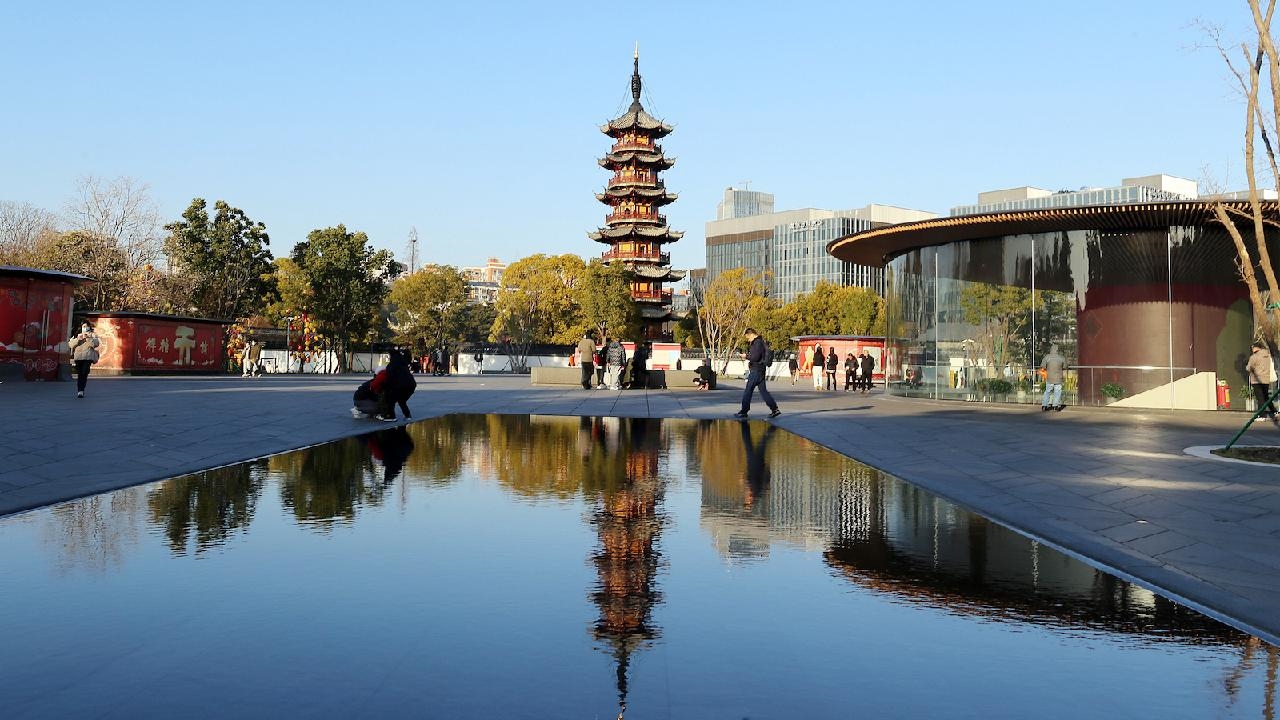Discovering Longhua Temple and Pagoda
Longhua Temple and Pagoda, located in the bustling city of Shanghai, China, is a remarkable site that offers a glimpse into the country’s rich cultural and religious history. This ancient temple complex is not only a place of worship but also a popular tourist destination, attracting visitors from all over the world. Whether you’re a history enthusiast, a spiritual seeker, or simply a curious traveler, Longhua Temple and Pagoda provide a unique experience that combines tranquility, history, and architectural beauty.
Historical Significance
Longhua Temple is one of the oldest and largest temples in Shanghai, with a history that dates back over 1,700 years. Originally built during the Three Kingdoms period (220-280 AD), the temple has undergone several reconstructions, with the current structure primarily reflecting the architectural style of the Song Dynasty (960-1279 AD). The temple complex is dedicated to the Maitreya Buddha and is an important site for Buddhist worship and cultural activities.
The Longhua Pagoda, standing adjacent to the temple, is a striking seven-story structure that has become an iconic symbol of the area. Although the pagoda is not open to the public for climbing, its exterior is a testament to ancient Chinese architectural ingenuity. The pagoda’s design, with its octagonal base and intricate wooden carvings, reflects the traditional style of the Tang Dynasty (618-907 AD), making it a valuable piece of historical architecture.
Architectural Beauty
The Longhua Temple complex is a stunning example of traditional Chinese temple architecture. As you enter the temple grounds, you’ll be greeted by the majestic Hall of the Heavenly Kings, which houses statues of the Four Heavenly Kings, protectors of the Buddhist faith. The main hall, known as the Mahavira Hall, is the heart of the temple and features a large statue of the Buddha, surrounded by intricate carvings and beautiful murals depicting scenes from Buddhist scriptures.
The temple’s layout follows the traditional Chinese architectural principle of symmetry, with a central axis running through the complex. This design not only enhances the temple’s aesthetic appeal but also reflects the harmonious balance that is central to Buddhist philosophy. The temple grounds are adorned with lush gardens, ancient trees, and serene ponds, providing a peaceful retreat from the hustle and bustle of the city.
Visiting Tips
When planning a visit to Longhua Temple and Pagoda, there are a few practical tips to keep in mind to make the most of your experience. The temple is open daily, and it’s best to visit during the early morning or late afternoon to avoid the crowds and enjoy a more tranquil atmosphere. The entrance fee is modest, and it helps support the maintenance and preservation of this historic site.
Dress modestly and respectfully, as Longhua Temple is an active place of worship. It’s also a good idea to bring a camera, as the temple and its surroundings offer numerous photo opportunities. However, be mindful of the temple’s rules regarding photography, especially inside the halls where flash photography may be prohibited.
If you’re interested in learning more about the temple’s history and significance, consider hiring a local guide or joining a guided tour. This can provide valuable insights into the temple’s cultural and religious importance, as well as its role in the local community.
